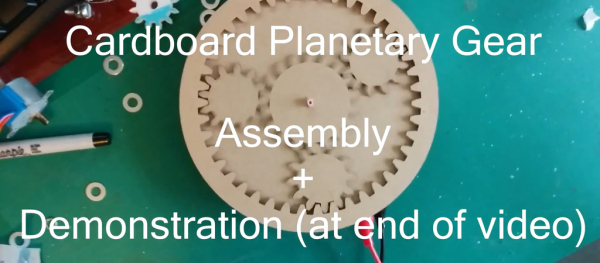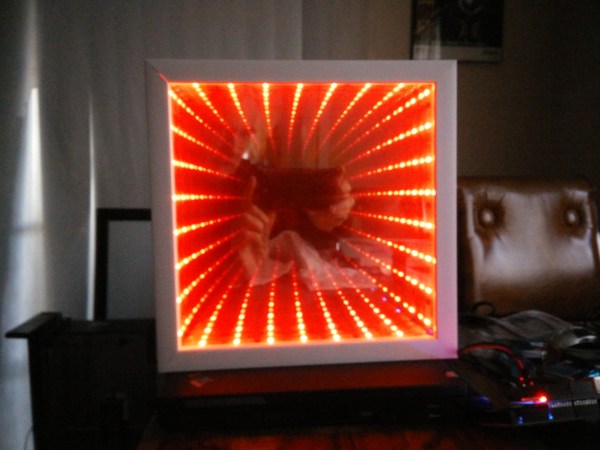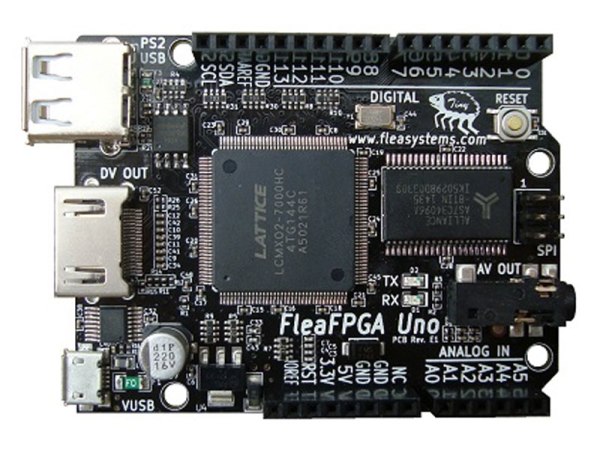For those who haven’t read [Ayn Rand’s] philosophical tome Atlas Shrugged, there’s a pretty cool piece of engineering stuffed in between the 100-page-long monologues. Although fictional, a character manages to harness atmospheric static electricity and convert it into kinetic energy and (spoilers!) revolutionize the world. Harnessing atmospheric static electricity isn’t just something for fanciful works of fiction, though. It’s a real-world phenomenon and it’s actually possible to build this motor.
 As [Richard Feynman] showed, there is an exploitable electrical potential gradient in the atmosphere. By suspending a tall wire in the air, it is possible to obtain voltages in the tens of thousands of volts. In this particular demonstration, a hexacopter is used to suspend a wire with a set of needles on the end. The needles help facilitate the flow of electrons into the atmosphere, driving a current that spins the corona motor at the bottom of the wire.
As [Richard Feynman] showed, there is an exploitable electrical potential gradient in the atmosphere. By suspending a tall wire in the air, it is possible to obtain voltages in the tens of thousands of volts. In this particular demonstration, a hexacopter is used to suspend a wire with a set of needles on the end. The needles help facilitate the flow of electrons into the atmosphere, driving a current that spins the corona motor at the bottom of the wire.
There’s not much torque or power generated, but the proof of concept is very interesting to see. Of course, the higher you can go the more voltage is available to you, so maybe future devices such as this could exploit atmospheric electricity to go beyond a demonstration and do useful work. We’ve actually featured the motor that was used in this demonstration before, though, so if you’re curious as to how a corona motor works you should head over there.
Continue reading ““Who Is John Galt?” Finally Answered” →



 As [Richard Feynman] showed
As [Richard Feynman] showed













